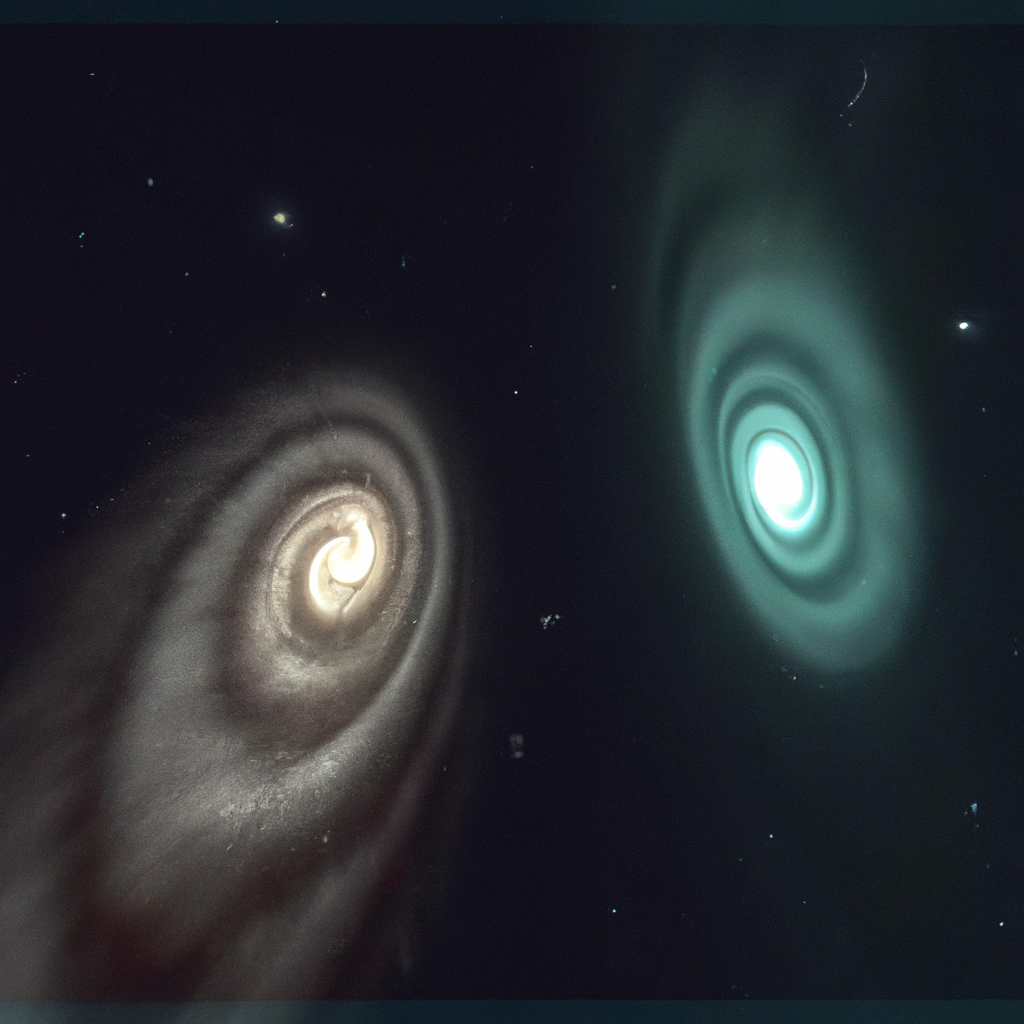Gamma rays are a form of high-energy radiation that has played a significant role in the field of astronomy for decades. These high-energy photons have the ability to penetrate deep into space, allowing scientists to study some of the most extreme and energetic phenomena in the universe. In this article, we will explore the role of gamma rays in astronomy and astrophysics, how they are detected, and what they can tell us about our universe.
What are Gamma Rays?
Gamma rays are a form of electromagnetic radiation, just like visible light, radio waves, and X-rays. However, they have much higher energy than any of these other forms of radiation. Gamma rays are created through a variety of astrophysical processes, including supernova explosions, black hole accretion disks, and the interaction of cosmic rays with interstellar gas.
Gamma rays have very short wavelengths, less than 0.01 nanometers, which makes them difficult to detect using traditional telescopes. Instead, astronomers use specialized instruments called gamma-ray telescopes to detect and study these high-energy photons.
How are Gamma Rays Detected?
Gamma-ray telescopes use a variety of techniques to detect gamma rays. One of the most common techniques is called Compton scattering, which involves bouncing gamma rays off of electrons in a detector to create a small burst of energy. This burst of energy is then detected and recorded by the telescope.
Another technique used to detect gamma rays is called pair production. This process involves the interaction of a gamma ray with a nearby particle, such as an atomic nucleus, to create a pair of particles – one electron and one positron. The energy of the gamma ray is then split between these two particles, creating detectable signals in the telescope.
What Can Gamma Rays Tell Us About the Universe?
Gamma rays have been instrumental in our understanding of some of the most extreme and energetic phenomena in the universe. For example, gamma rays are produced in the jets of material that are ejected from black holes and neutron stars. By studying these gamma rays, astronomers can learn about the properties of these objects and the processes that are driving their activity.
Gamma rays are also produced in supernova explosions, which are some of the most violent events in the universe. By studying the gamma-ray emissions from these explosions, astronomers can learn about the properties of the supernova itself, as well as the conditions in the surrounding interstellar medium.
In addition, gamma rays are produced by the interaction of cosmic rays with interstellar gas. Cosmic rays are high-energy particles that travel through space at nearly the speed of light. By studying the gamma rays produced by the interaction of these particles with gas, astronomers can learn about the distribution and properties of cosmic rays in our galaxy.
Conclusion
In conclusion, gamma rays play a crucial role in our understanding of the universe. These high-energy photons allow us to study some of the most extreme and energetic phenomena, from black holes and neutron stars to supernova explosions and cosmic rays. Gamma-ray telescopes have revolutionized the field of astronomy and astrophysics, providing us with a unique window into the universe that is inaccessible to other forms of radiation. As our technology continues to advance, we can expect even more exciting discoveries to be made using gamma rays.







